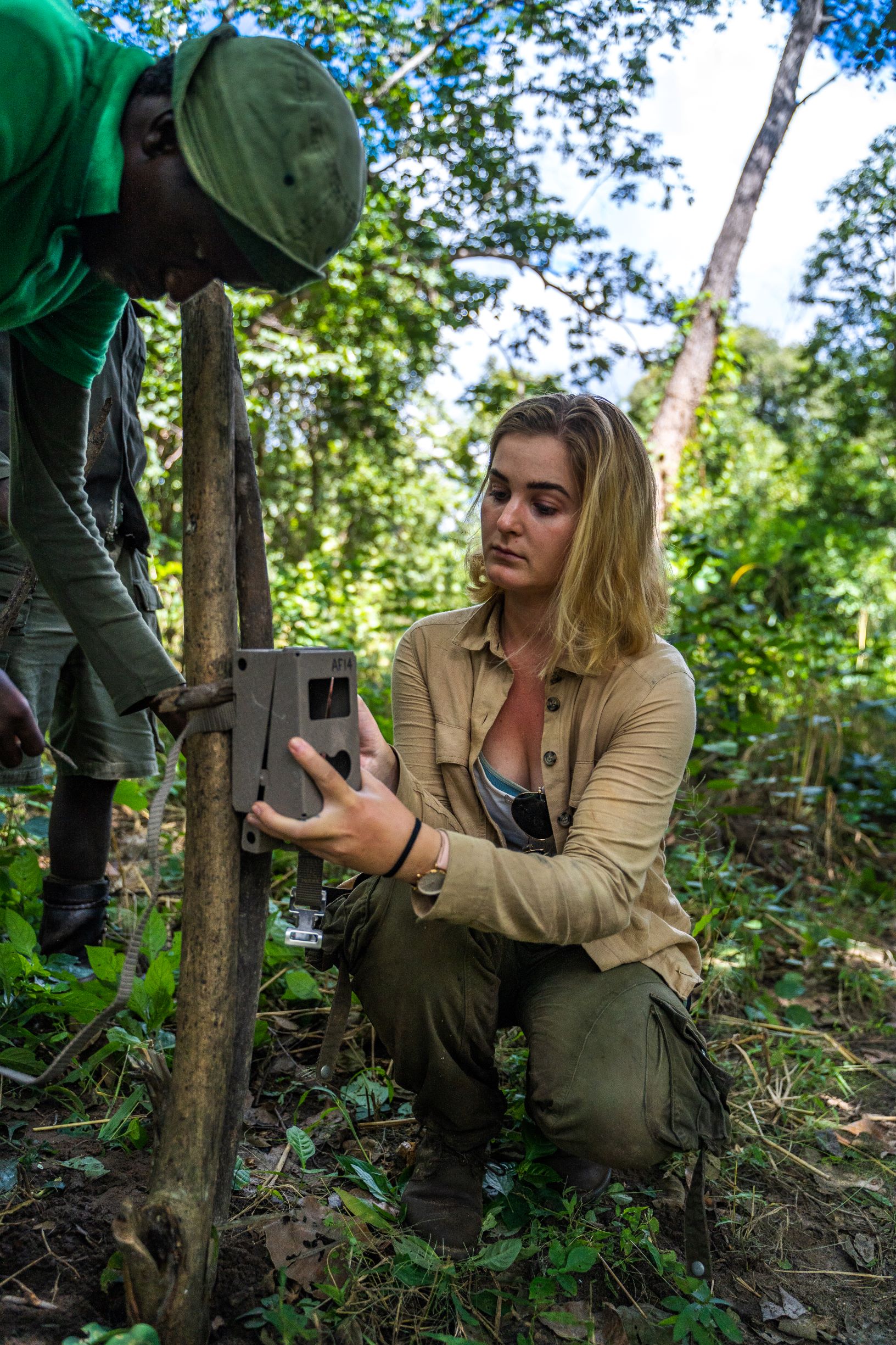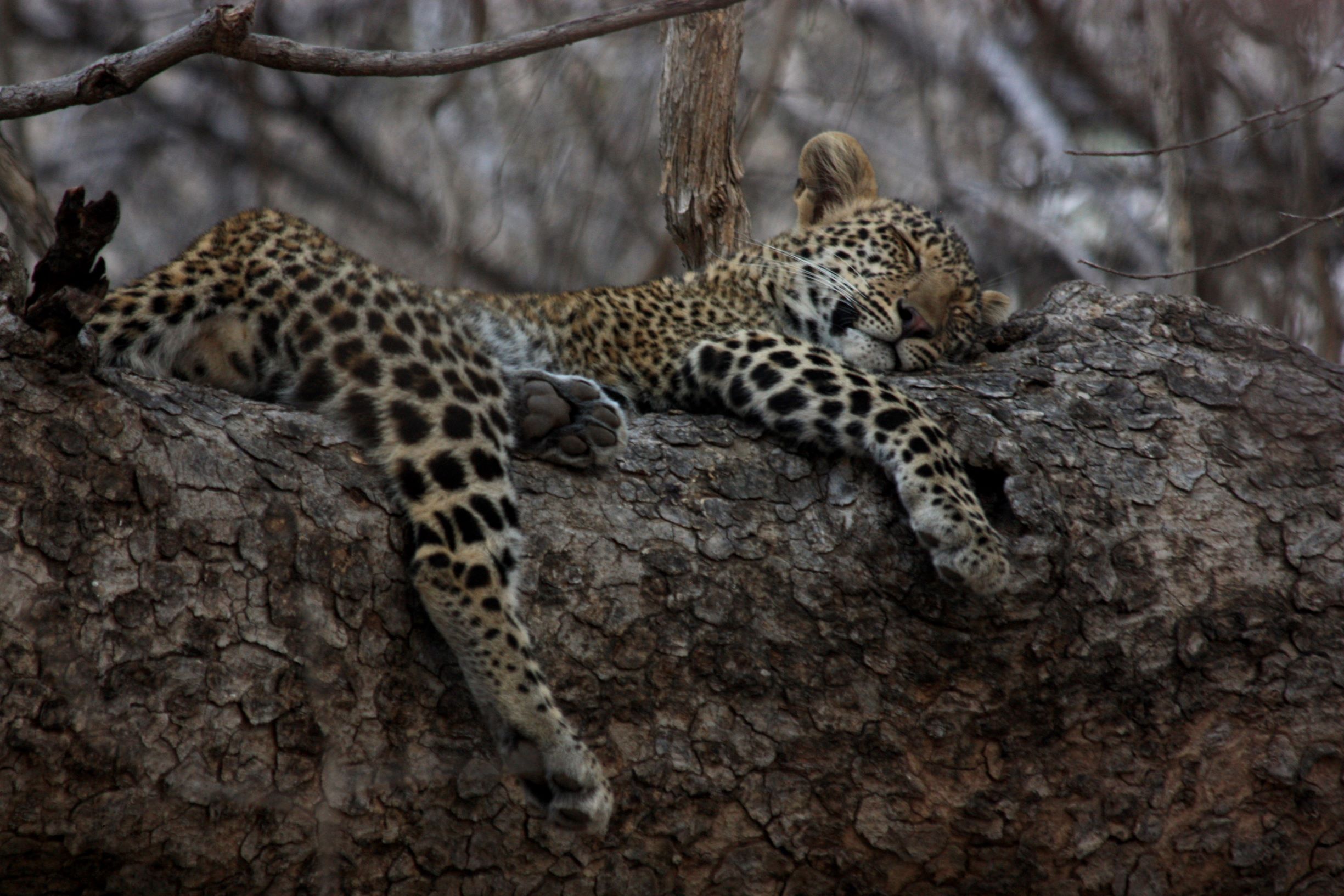News
The Luwire Wildlife Conservancy
By Laura Perry
The Luwire Wildlife Conservancy is a 4,500km2 section of northern Mozambique’s Niassa Special Reserve. Home to internationally important populations of leopard, lion, wild dog, and elephant, Niassa is one of Africa’s last great wildernesses. I am working with Luwire Wildlife Conservancy to establish a programme of scientific research in the area, incorporating both biodiversity work and social science to develop a thorough, evidence based approach to conservation and social development in the area. With the biodiversity research, our first priority is to understand the population sizes of certain key species.
Following WildCRU’s existing Trans-Kalahari Predator Programme (TKPP) camera trap protocol, in collaboration with TKPP team members, I am running camera trap grids through the concession. In total, we hope to cover 2,400km² this year, all on foot (due to a lack of road infrastructure). These grids will allow us to establish rough numbers for species such as leopard and wild dog, and give us a baseline for future comparisons. Inside the concession are seven villages, with roughly 4,000 people. These are some of the most marginalized, poorest people in the world, and helping communities to prosper is one of Luwire’s key goals. To understand how best to help support communities requires extensive social science research, both qualitative and quantitative, and this year I am initiating an extensive programme of social research to understand key challenges, ways to overcome them, and how Luwire’s initiatives benefit local people.
Through the collaboration between Luwire and WildCRU, which we hope will grow with time, our evidence-based conservation research will directly inform practical conservation decisions. By combining WildCRU’s extensive knowledge of applied conservation research with my full-time on-the-ground presence at Luwire, this collaboration is a fantastic opportunity to effect real conservation impact, and use evidence based approaches and cutting-edge research help protect Niassa’s people and wildlife.
Keep up to date with Laura’s research via her Instagram account @theoxfordconservationist.







